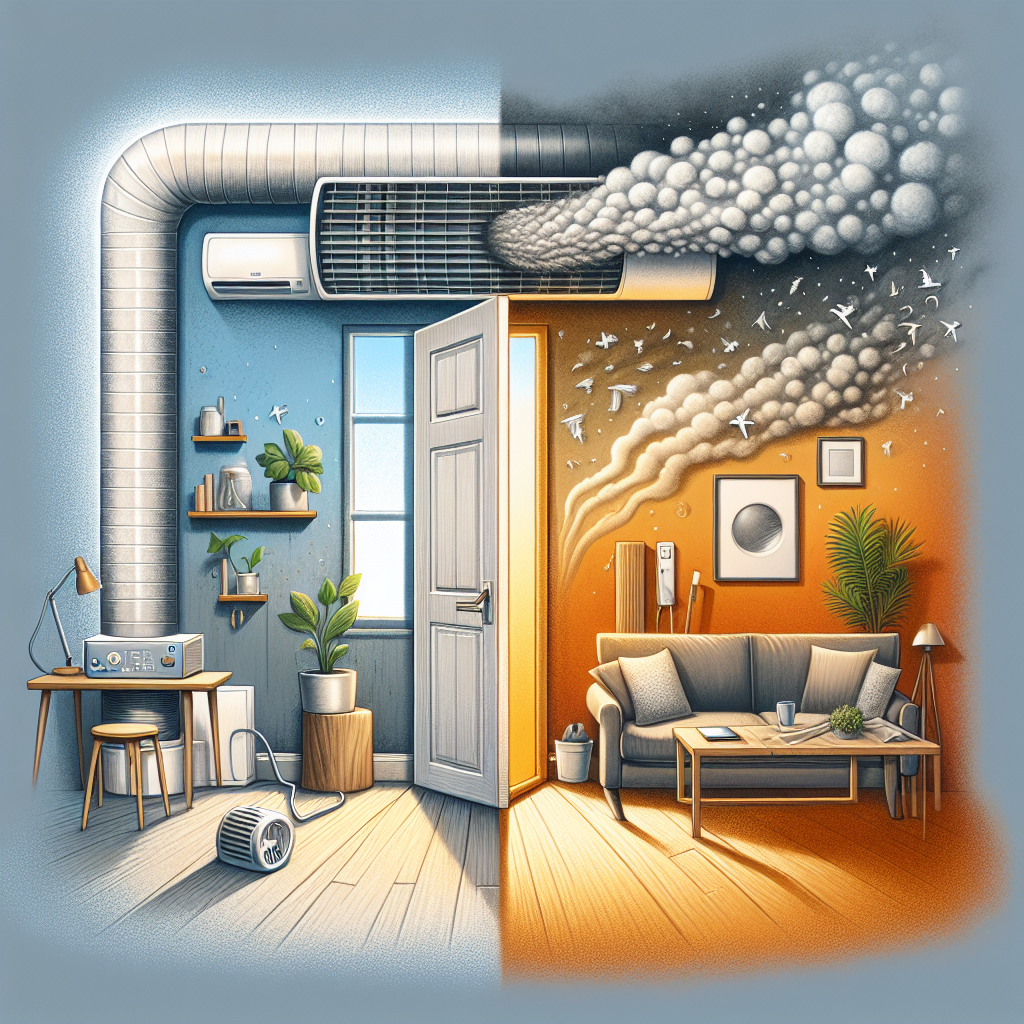Your cart is currently empty!
Understanding the Role of Ventilation in Preventing Indoor Air Pollution

Indoor air pollution is a growing concern as more and more people spend the majority of their time indoors. Poor indoor air quality can have a serious impact on our health, causing respiratory issues, allergies, and even more serious conditions like asthma and lung cancer. One of the key factors in preventing indoor air pollution is proper ventilation.
Ventilation is the process of bringing fresh air into a building and removing stale air. It plays a crucial role in maintaining good indoor air quality by diluting and removing pollutants. There are two main types of ventilation: natural ventilation and mechanical ventilation.
Natural ventilation relies on air movement caused by wind, temperature differences, and pressure differentials to bring fresh air into a building. This type of ventilation is often achieved through windows, doors, and other openings in the building. While natural ventilation is cost-effective and energy-efficient, it may not always be sufficient, especially in buildings located in urban areas with high levels of outdoor air pollution.
Mechanical ventilation, on the other hand, uses fans and ducts to bring fresh air into a building and remove stale air. This type of ventilation is more controllable and can be more effective at removing pollutants from indoor air. There are several types of mechanical ventilation systems, including exhaust ventilation, supply ventilation, and balanced ventilation.
Exhaust ventilation systems work by removing stale air from a building, usually in areas like bathrooms and kitchens where pollutants are commonly generated. Supply ventilation systems bring fresh air into a building, while balanced ventilation systems combine both exhaust and supply ventilation to ensure a constant flow of fresh air.
Proper ventilation is essential in preventing indoor air pollution. By bringing in fresh air and removing pollutants, ventilation helps to dilute harmful substances and improve indoor air quality. In addition to ventilation, there are other measures that can be taken to reduce indoor air pollution, such as using air purifiers, minimizing the use of toxic cleaning products, and avoiding smoking indoors.
In conclusion, understanding the role of ventilation in preventing indoor air pollution is crucial for maintaining good indoor air quality and protecting our health. By ensuring proper ventilation in our homes and buildings, we can reduce the risk of respiratory issues and other health problems associated with poor indoor air quality. It is important to prioritize ventilation in our indoor spaces to create a healthier environment for ourselves and our loved ones.

Leave a Reply